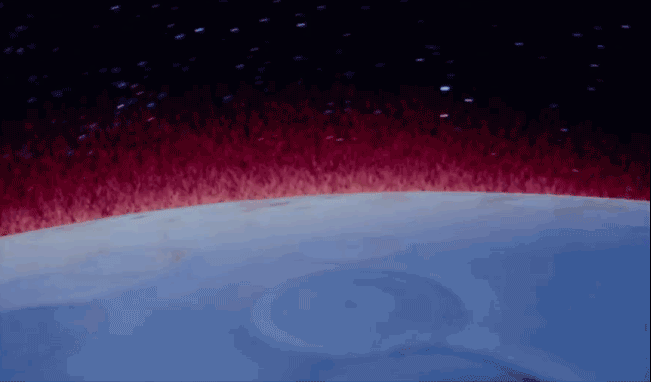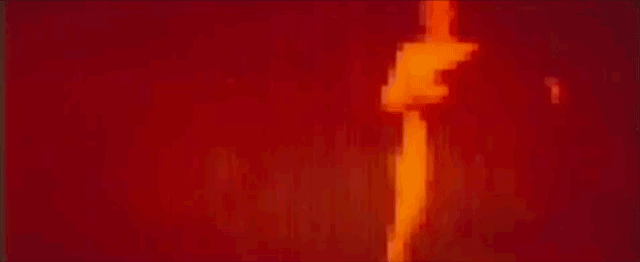10 truly groundbreaking movies that changed Hollywood forever
As Steven Soderbergh’s new psychological thriller Unsane – shot entirely on iPhone -heads for UK cinemas on 23 March, we look at 10 other times films that broke new ground and altered filmmaking for good.
Julia and Julia – first digitally-shot feature film

This 1987 drama starring Sting and Kathleen Turner is nondescript in almost every way. Apart that is, from the fact it’s widely-considered the first movie shot on digital.
That’s now the norm of course, but back then the Sony HDVS system was revolutionary. It had to be transferred to 35mm for exhibition as projectors still showed film.
Sting – always at the vanguard.
Ecstasy – first sex scene

There’d been nudity before, but this 1933 Hedy Lamarr-starrer (say that ten times quickly) was a landmark for featuring the actress engaged in sexual intercourse, even though you only ever see the stars’ faces.
Not only that, but it actually shows Lamarr achieving orgasm, not something Hollywood has ever really focused on since.
Eighty years and one internet later, love scenes are now part of the fabric of moviemaking.
Star Trek II: The Wrath of Khan – first entirely computer-generated sequence

In a way, you can thank George Lucas for this special effects breakthrough on the 1982 sequel.
His nascent Industrial Light & Magic (ILM) studio was frustrated at not getting to show off the full range of their skills to the boss.
So when they were hired to show a terraforming planet in Trek, they pulled out all the stops. Then-ILM vice-president and FX pioneer Ed Catmull said the so-called Genesis sequence was “a 60-second commercial to George Lucas”.
The Pleasure Seekers – first trailer

Advertising manager Nils Granlund is who you have to thank for whichever trailer you’ve just watched on YouTube before reading this story.
The impresario cut together a montage of this 1913 musical, which was showing on Broadway at the time. A year later, he put together a series of slides to promote a Charlie Chaplin movie and the movie trailer practice that we know and love today was born.
Billy Lynn’s Long Halftime Walk – first film to be shot in 120 frames per second

(Sony Pictures/TriStar Pictures).
Ang Lee’s 2017 war drama may have flopped at the box office, but the way it was filmed was truly revolutionary. It was the first ever feature film shot using an extra high frame rate of 120 frames per second. Most films shoot at 24 frames per second. To complicate things even further, Lee also shot in 3D and 4K HD, giving the picture an extraordinarily lifelike look.
Only a handful of cinemas globally were able to project the film as Lee intended, which was probably for the best as many found the new visual style to be seriously off-putting. “His experiment with visual hyperclarity comes off as artificial when we most need it to be natural, organic and whisper-close”, said Peter Travers of Rolling Stone.
Looker – first CGI human character

Digital characters can go either way (yay Gollum, boo Jar Jar), but this 1981 Albert Finney thriller kicked off the trend.
The CGI version of the character played by Susan Dey (LA Law) isn’t as sophisticated as the creations of Andy Serkis decades later, but included the first shaded 3D imaging which is now commonplace to imitate reality.
The final product of Dey’s digitised form was achieved by scanning a real human body and then rendering it on a computer using digital polygons. Sounds complicated (and it is) but still ground-breaking.
The Jazz Singer – first feature-length movie with synchronised sound

Otherwise known as the first ‘talkie’, this 1927 Al Jolson musical (no, we didn’t mean the Neil Diamond melodrama from 1980) is also now known for being racially insensitive thanks to the star’s blackface routine.
Still, while there had been shorts with synchronised sound before this, The Jazz Singer represented a breakthrough, with Jolson’s singing scenes and a couple of ad-libbed acting moments recorded live on set.
Historians debate the true impact of this particular movie, but considering we basically don’t have silent movies anymore, it’s safe to say it changed film history.
Hearts in Dixie – first Hollywood movie with an all-black cast

While the film industry slaps itself on the back every time a racially diverse movie does well (“hey we beat racism!”, er, no you haven’t), this 1929 musical is famous for being the first to feature an all-black cast.
Perhaps the most famous actor in it is Lincoln Perry, better known on-screen as Stepin Fetchit – a character which has attracted its fair share of controversy as solidifying the negative of African-Americans as lazy and stupid.
Perry wasn’t stupid in the slightest and taking away the politics was the first black actor to receive a featured screen credit as well as become a millionaire. A bona fide superstar during the 1930s, Perry’s career slowed as the years went on and he eventually declared himself bankrupt in 1947. He died aged 83 in 1985, his alter ego since re-evaluated positively by many critics.
Westworld – first 2D computer animation in major movie

When the POV shifts to Yul Brynner’s android in the 1973 drama (rebooted recently by HBO) and we see an infra-red version of a man moving behind chairs, it’s the first time 2D computer graphics were used on-screen in a Hollywood film.
The pioneering FX company Triple-I converted separated colour elements from the film negative into computer blocks, recoloured it and put it back on film. Viola – robovision!
Midnight Cowboy – first X-rated film to win Best Picture Oscar

Back at the end of the 1960s, an X certificate was attached to anything deemed unsuitable for children, whether it was because of sex or violence.
Now it would be unfathomable for a film to miss out on the top honour purely because of its adult nature (12 Years a Slave, The Departed, The Hurt Locker, etc.), but back in 1969, this Jon Voight/Dustin Hoffman classic scoring the award was a big deal.
It helped usher in a grittier and more open-minded era, with subsequent winners including The French Connection, The Godfather, and One Flew Over The Cuckoo’s Nest.
Read more
Single scene characters that stole the whole movie
Groundhog Day – how long was Phil stuck in the time loop?

 Yahoo Movies
Yahoo Movies 
